West Palm Beach Site
University of Florida Vertebrate Fossil Locality PB002
Location
The site is located about 7 miles (12 km) west of downtown West Palm Beach in the Golden Lakes community, Palm Beach County, Florida. At the time of its discovery the location was in a commercial shell quarry operated by the P. C. Smith Shell Rock Company; currently a residential neighborhood. 26.70º N; 80.17º W.
Age
- Late Pleistocene Epoch; late Rancholabrean land mammal age
- 120,000-21,000 years ago
Basis of Age
The co-occurrence of Bison antiquus, Neofiber alleni, and Sigmodon hispidus indicated a late Rancholabrean age in the chronologic sequence of Florida’s Pleistocene faunas (Morgan and Hulbert, 1995). The abundance of freshwater and amphibious species suggest deposition during a relatively warm interval during the late Pleistocene. A radiocarbon date of 21,150±400 years before present taken on mastodon bone was reported by Converse (1973). Such dates are now not regarded as accurate, but if generally correct, the date suggests an age older than the last full glacial maximum (ca. 20 to 17 thousand years ago). The age is not well controlled and could even be last full interglacial similar to the Daytona Beach site.
Geology
Not recorded. A small sample housed in the FLMNH collection is a black silty sand mixed with marine shells.
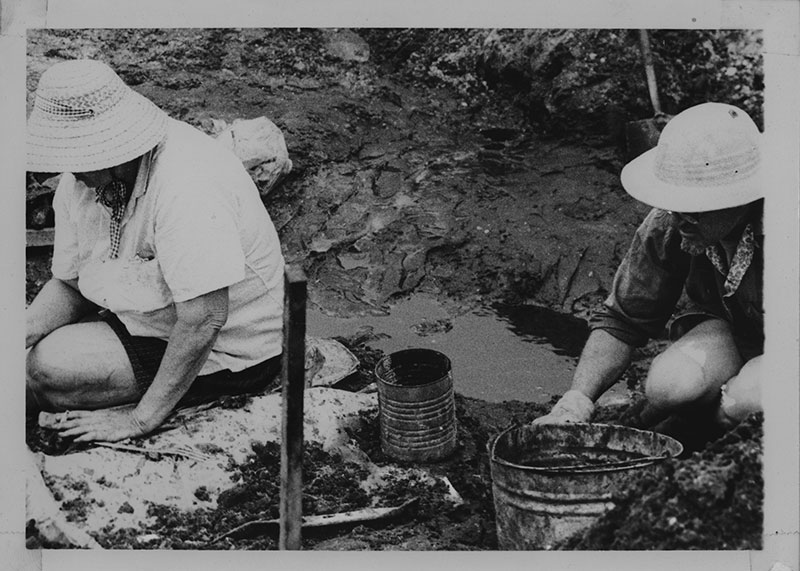
Depositional Environment
Converse (1973) suggested a river deposit, while Morgan (2002) favored a pond, marsh, or slow-moving stream bordered by a savanna.
Fossils
There are about 600 identifiable specimens from the West Palm Beach Site housed in the Florida Museum of Natural History collections, of which about 350 are cataloged. Others were given the South Florida Science Center and perhaps other local institutions. Preservation is usually excellent, although damage by mining operations is common. One partial skeleton of a mastodon was collected (Figure 2) and for many years it was on display at the South Florida Science Center (but no longer). The fauna is dominated by animals that lived in or near freshwater.
Excavation History and Methods
Fossils were first noticed by a dragline operator digging a drainage canal at a shell quarry in 1969 (Converse, 1973). Excavations in March and April 1969 were supervised by Howard Converse and manned by students from a local collage and public volunteers. Some screenwashing was done according to Converse (1973), resulting in recovery of many small fish bones, but small mammals were not common. The land was later reclaimed and the site is no longer accessable.
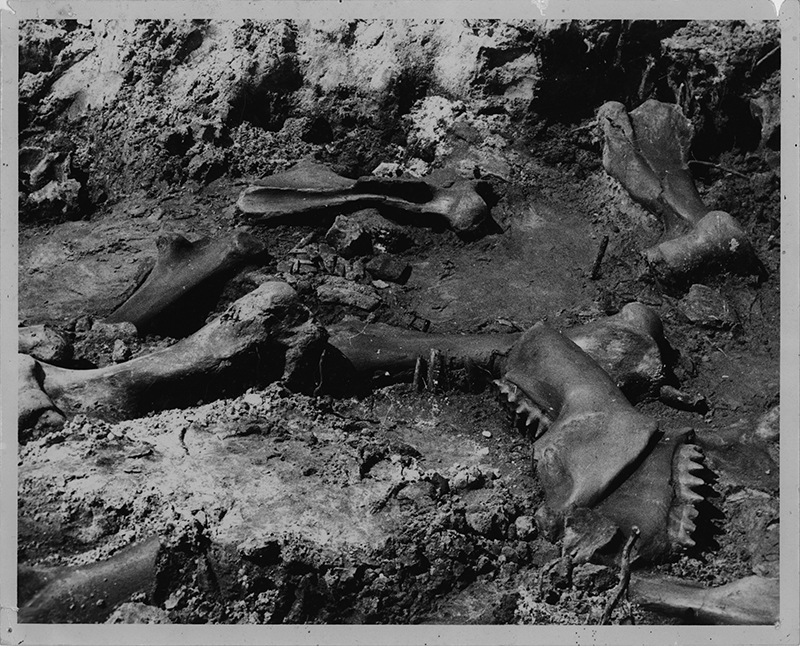
Discussion
Following the popular site description by Converse (1973), the birds were described in a short paper by Becker (1983) and the mammals by Morgan (2002). Robertson (1974) discussed the bison from the West Palm Beach Site. Specimens from this site have been included in studies using stable isotopes to study diet and migration patterns in Pleistocene mammals from Florida (Hoppe et al., 1999; Feranec, 2004). Among its more significant specimens is the most complete skull of the extinct capybara Neochoerus pinckneyi ever found in Florida (Figure 1). The missing portions have been reconstructed and it is on display at the Florida Museum of Natural History. In addition to the skull, several mandibles and a number of limb bones of capybaras were recovered at the site. Specimens of Alligator are also very common, and most represent very large individuals. No doubt capybara was on their menu at times. The site is also one of the very few in Florida to produce three species of proboscideans, the Columbian mammoth, the American mastodon, and the gomphothere Cuvieronius.
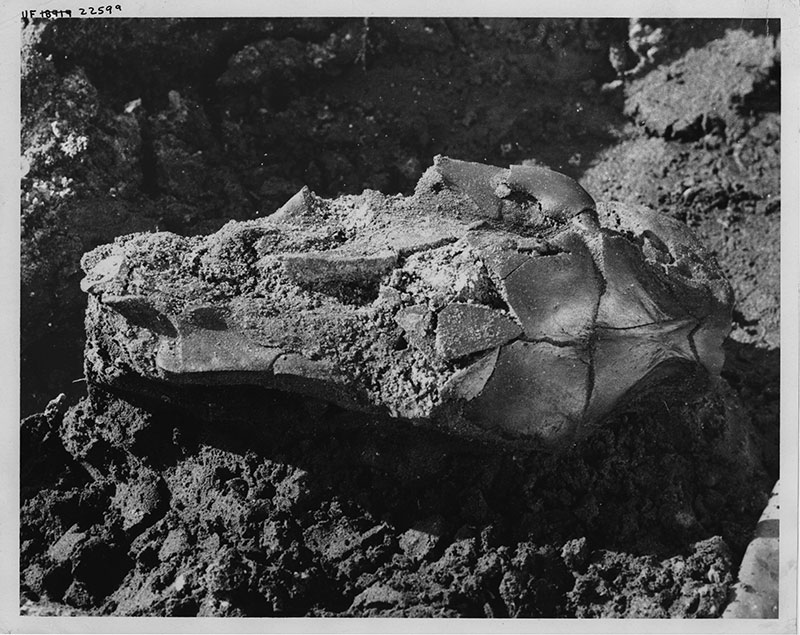
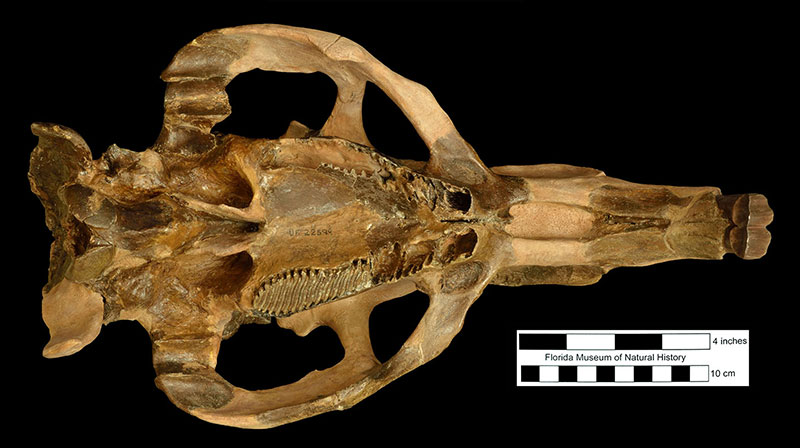
Bird fossils were not particularly common at the West Palm Beach Site, and most of the eight known taxa are known by a single bone. Species of note include the whopping crane, the extinct stork Ciconia maltha, and a condor (Becker, 1983).
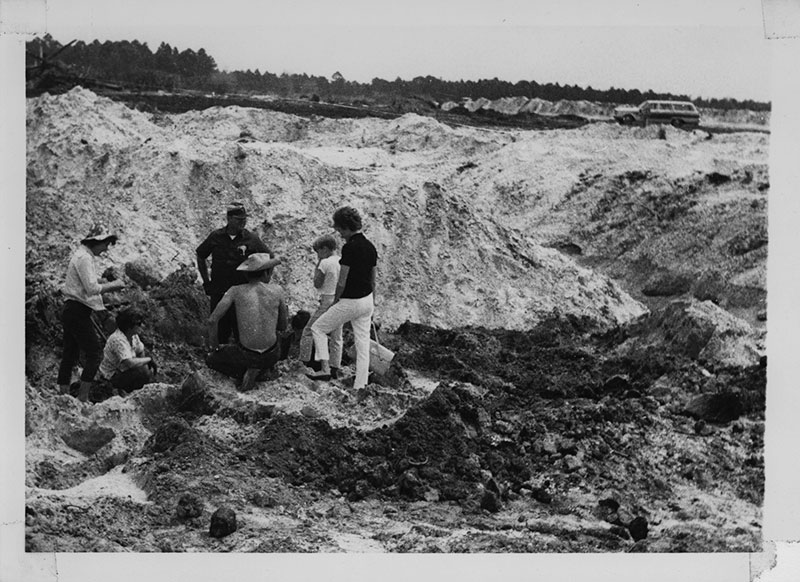
Sources
- Original Author: Richard C. Hulbert Jr.
- Publication Date: March 12, 2015
- Last editted by: Richard C. Hulbert Jr., Natali Valdes
- Last editted on: March 28, 2015
This material is based upon work supported by the National Science Foundation under Grant Number CSBR 1203222, Jonathan Bloch, Principal Investigator. Any opinions, findings, and conclusions or recommendations expressed in this material are those of the author(s) and do not necessarily reflect the views of the National Science Foundation.
Copyright © Florida Museum of Natural History, University of Florida